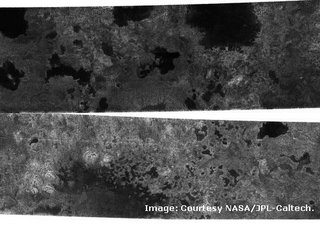Tuesday, July 25, 2006
Methane makers yield to science
The genetic code of an important group of methane-producing microbes has been sequenced by German scientists.
The archaea are probably the major source of methane emanating from rice fields, contributing up to a quarter of global emissions of the gas.
The new genomic information reveals how the single-celled organisms have adapted to thrive in paddy soil...
...Rice paddies give off substantial quantities of methane, a potent greenhouse gas; and eight years ago, microbiologists identified what they believed to be the key culprit: a organism group they called Rice Cluster I (RC-I)...
...The archaea are an ancient branch of microbial life on Earth first identified by scientists in 1977.
Many of their species live in extreme environments. Some scientists have suggested that as such, archaea may represent the earliest form of life and thus may be the most likely form of life existing on other planets.
Some researchers hold out hope that some of the methane traces observed on Mars, for example, may be coming from organisms like RC-I.
Also see:
'Great lakes' seen on Titan moon
The Cassini spacecraft has discovered possible evidence for lakes filled with liquid hydrocarbons around the north pole of Saturn's moon Titan.
If confirmed, Titan would become the only planetary body other than Earth known to host lakes.
A handful of these dark patches have channels leading in and out of them; these channels have a shape that implies they were carved by a liquid...
...The abundant methane in Titan's atmosphere is stable as a liquid under the moon's freezing conditions, as is the slightly larger molecule ethane. But liquid water is not.
technorati tags: genetic, methane, microbes, archaea, gas, greenhouse, species, planets, life, mars, titan, moon, saturn, cassini, spacecraft, lakes, ethane
Add to: CiteUlike | Connotea | Del.icio.us | Digg | Furl | Newsvine | Reddit | Yahoo
